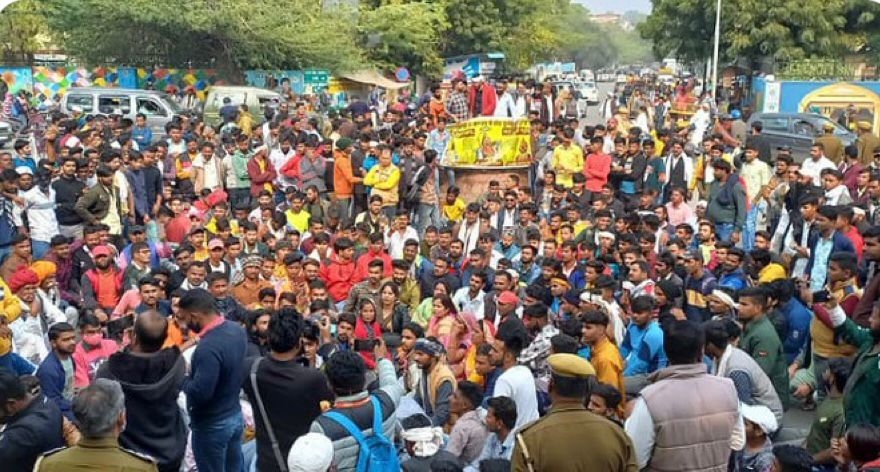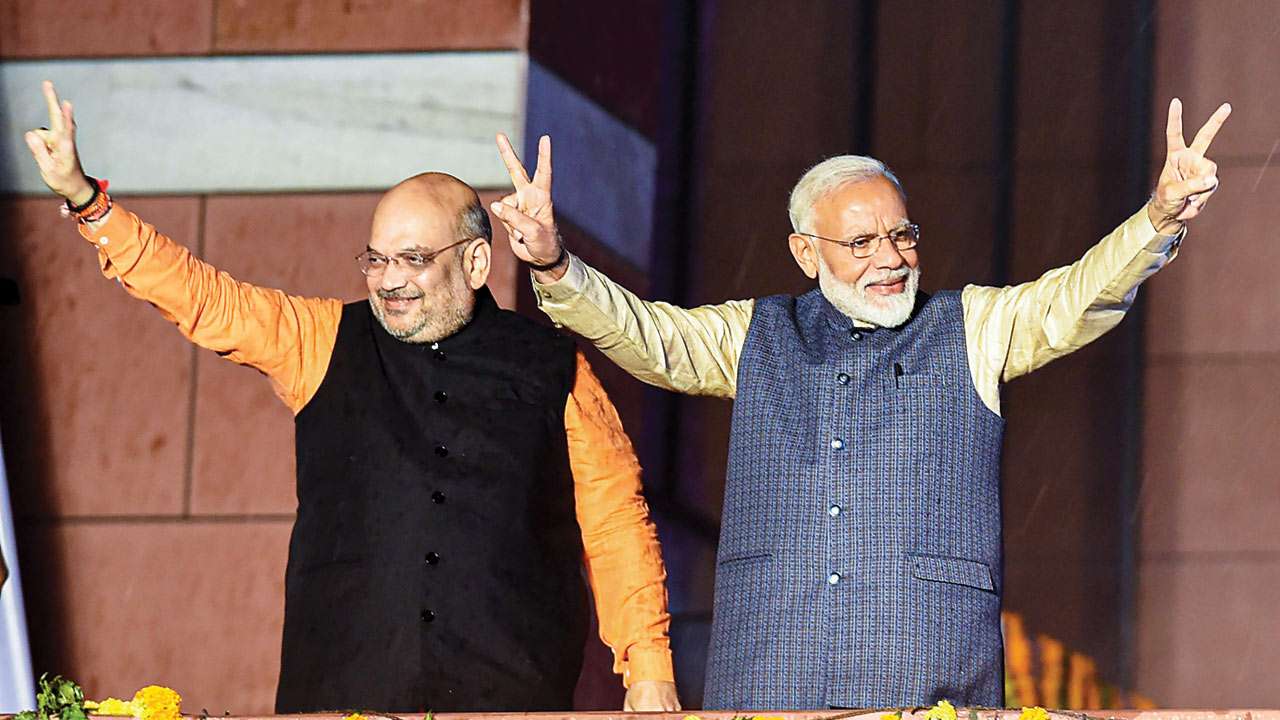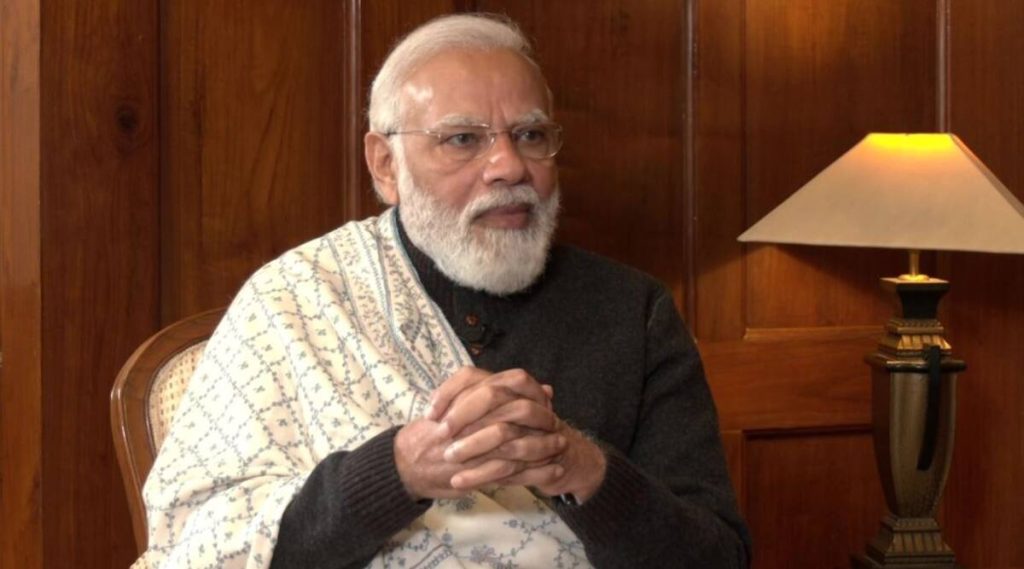A nation’s capacity to construct and maintain high-quality infrastructure is crucial to its development and prosperity. The state and the country may be propelled to greater heights with the help of well-organized and effective infrastructural facilities that promote economic and social growth. Gujarat’s dedication to building first-rate infrastructure has made it a national role model for economic development.

Vibrant Gujarat Global Summit
In 2003, Hon’ble Prime Minister Narendra Modi (then Chief Minister of Gujarat) led an innovative initiative called the “Vibrant Gujarat Global Summit,” which not only changed the economic landscape of Gujarat but also ensured the long-term viability of the state’s world-class industrial infrastructure. Over the last two decades, Gujarat has established itself as an infrastructure powerhouse, particularly in the areas of road and rail connectivity, port and airport connections, and many others.
When asked about the impact of a country’s infrastructure on its economic growth, Narendra Modi frequently cites its quality. As Chief Minister of Gujarat, he put this idea into action by prioritizing the construction of roads to link all parts of the state together. This comprises urban cores, coastal areas, and rural and tribal lands. Thanks to the efforts of the Hon’ble Prime Minister, Gujarat now has a world-class road network that will be used for years to come. Rail connectivity in Gujarat is likewise superior and more strategically built than in the rest of India.
Industrial park
Railway connections to industrial parks, ports, and the Delhi-Mumbai Industrial Corridor (DMIC) are a top priority for the state government of Gujarat, which is why they’ve established the Gujarat Rail Infrastructure Development Limited (G-RIDE). The state’s international export competitiveness has been dramatically improved because of this program.

The construction of the country’s first bullet train along the Mumbai-Ahmedabad High-Speed Rail Corridor is also moving forward quickly. Port accessibility is another factor that has helped Gujarat become an economic and industrial powerhouse. Gujarat has made significant strides in port connectivity, from the creation of India’s first commercial port to the construction of cutting-edge greenfield ports.
The port infrastructure in Gujarat is so advanced that it now processes more than 40% of all cargo moving through India. Because of its superior port facilities, Gujarat is now India’s leading contributor to goods exports. In addition to ensuring Gujarat’s future economic vibrancy, the creation of the world’s first CNG terminal and Brownfield port in Bhavnagar, Gujarat, would offer up a variety of commercial prospects for India.
The most pressing need of the time
Today, the most pressing need is to fortify the electricity industry. Nearly every procedure, big and small, in the economy and society, depends on electricity. Gujarat takes excellent satisfaction in the fact that, despite its few resources, it has been recognized as a “Power Surplus State” for the past fifteen years running. Gujarat’s competitive advantage is that it is always ahead of the curve. Renewable energy’s increasing potential to meet our present and future energy needs is a prime example. From the first solar park in India, built in Charanka in 2012, to the largest hybrid renewable energy park in the world, under construction in Kutch, Gujarat’s stance and strategy in the power industry look to be more than just ahead of the curve; they are, in fact, visionary.

When Hon’ble Prime Minister Narendra Modi had the foresight to establish massive investment and industrial zones in the state, a watershed event occurred in the development of Gujarat’s industrial infrastructure.
For this reason, in 2009, the Special Investment Regions (SIR) Act came into effect. The state government of Gujarat made a single choice that resulted in the development of multiple future-proof megaprojects in the state, including GIFT City, Dholera SIR, Mandal Bechraji SIR, PCPIR, and DREAM City.
Industry-specific infrastructure
These efforts have made Gujarat a center for industry-specific infrastructure. Gujarat’s GIFT City is now the site of several high-stakes financial events on a global scale. Dholera SIR’s greenfield and smart city characteristics have made it a magnet for rising industry investments. While PCPIR continues to attract significant investments in the chemical and petrochemical sectors, Mandal Becharaji SIR has become a center for automotive production facilities.

According to India’s Honorable Prime Minister Narendra Modi, “Viksit Bharat @2047” is India’s future, and he is confident that in the next twenty-five years, this vision may be made a reality. I do not doubt that the improvements mentioned above to Gujarat’s physical and industrial infrastructure would not only help him achieve his lofty aim but also pave the way for a plethora of new economic possibilities for the entire country in the years to come.

